Step Aside, David Attenborough—Obama’s Bringing the Soothing Zoological Success Stories Now
Netflix’s “Our Great National Parks” brims with oratorical heft and real hope
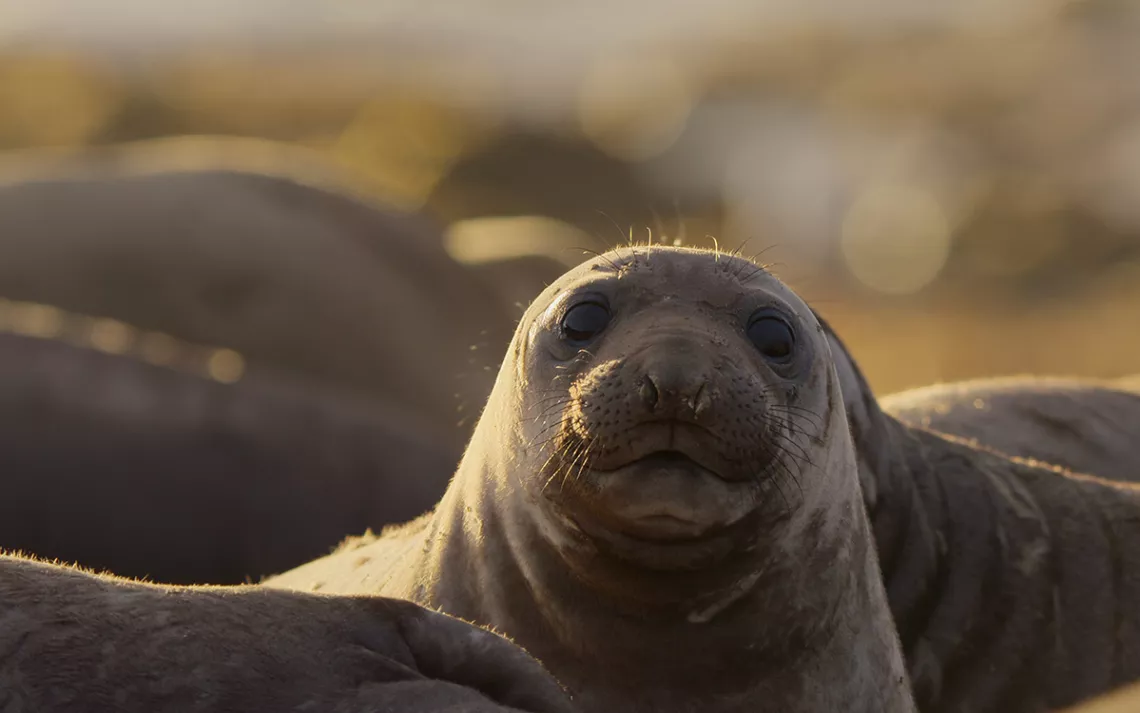
Photos courtesy of Netflix
What happens within protected wild spaces like national parks affects all of us. So proclaims the velvet-voiced orator in Our Great National Parks, the latest big-budget nature documentary series to hit the streamiverse. That narrator, former president Barack Obama, speaks from real experience. He single-handedly protected more natural habitat than any US president in history, using the Antiquities Act 34 times to conserve more than 550 million acres of lands and waters as national monuments.
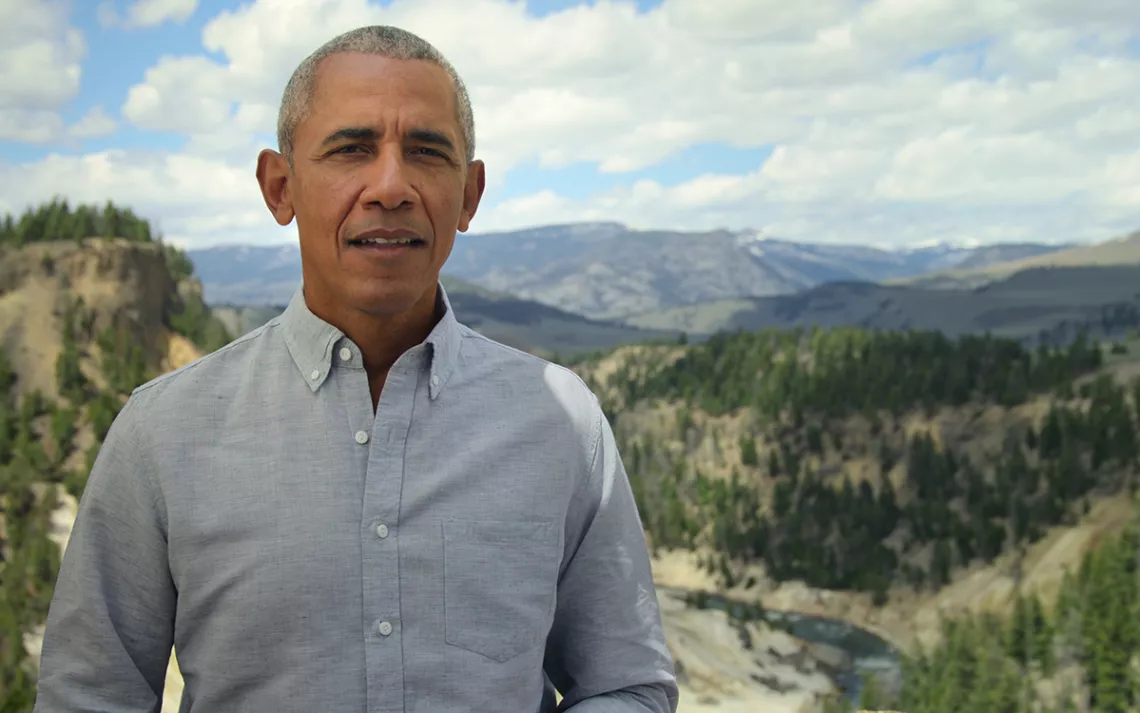
Released last Wednesday, the Netflix series ventures far outside narrator Obama’s former jurisdiction. It brings viewers to Kenya’s Tsavo National Park, Chile’s recently rewilded network of 20-plus parks in Patagonia, and Indonesia’s Gunung Leuser National Park. These fantastical places provide the perfect settings for stories that prove that if we just let nature do its thing, it can recover from human-caused destruction—and, in fact, is recovering.
The five-episode series’ locations—which also count California’s Monterey Bay National Marine Sanctuary, Hawai'i’s Hanauma Bay, Japan’s Yakushima National Park, and Costa Rica’s Manuel Antonio National Park—were selected according to two criteria, executive producer James Honeyborne (of Blue Planet II) and series producer Sophie Todd told Sierra. First, they’re sites where wilderness has triumphed, such as Rwanda’s Volcanoes National Park, where once-critically endangered mountain gorillas have made an incredible recovery since the country prioritized conservation. Second, they are places that carry specific meaning for the 44th president—whose role is hardly tokenic in this series. “Having read Obama’s autobiography and national [monument] statements,” Todd says, “we wanted to find places where he had connections, so he’d have a more authentic story to tell.”
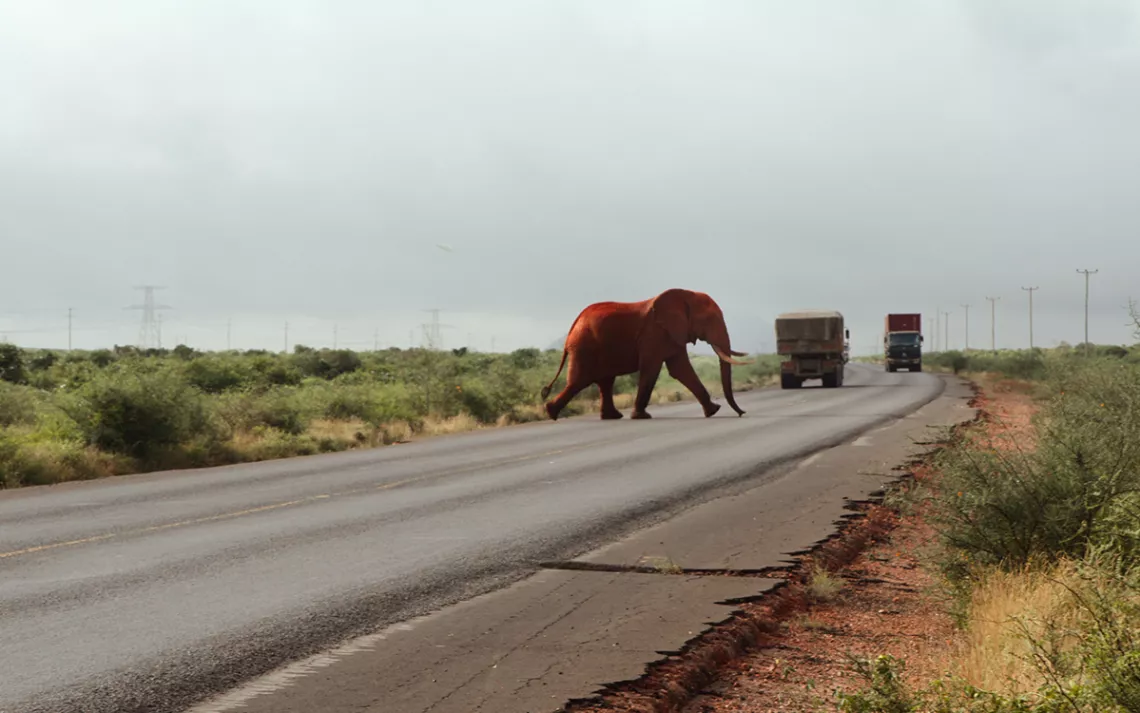
The former president, who alongside Michelle Obama founded and runs the production company Higher Ground, clearly had a lot of fun on set. “He imbued a lot of the lighter moments into the narration,” Todd says, noting that Obama took particular delight in a sequence in which the hippos of Africa’s Loango National Park are seen wading out to sea, where they clumsily and very happily body-surf the swell along the shore. “He fancies himself a bit of a budding surfer,” Todd laughs, “and it was an amazingly rare phenomenon to witness.”
The former president injects plenty of life and humor into wildlife stories, describing a Costa Rican sloth as a “plodding pharmaceutical factory” because of the 80 species of fauna that live in its fur. Obama brings plenty of facts about the many ways in which wilderness benefits contemporary society, noting, for instance, that a quarter of all modern medicine was discovered in the rainforest and that Monterey Bay’s kelp forests store more carbon than most terrestrial woodlands.
While clearly designed to be more charismatic than scientifically rigorous (each episode is its own baby animal bonanza), the Netflix camera pros do manage to capture some especially rare footage. They film a previously undiscovered species in Gunung Leuser National Park—a colorful Indonesian hammerhead worm (pictured, below) that rather gruesomely digests its prey from the outside in, thanks to a mouth that’s located in the middle of its body. They also catch a sea otter mother engaging in previously undocumented behavior—stashing her cub in a harbor cranny off the coast of California in an effort to squeeze in a few minutes of much-needed “mom time.”
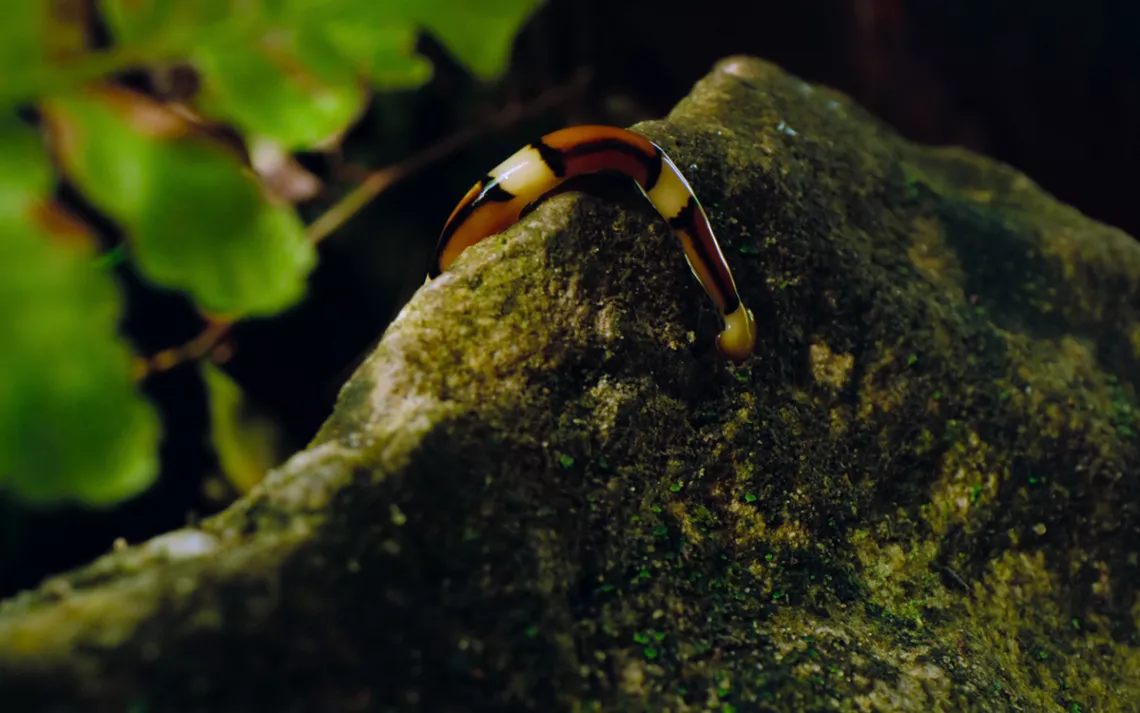
Obama isn’t shy about getting personal. In the first episode, a whistle-stop tour showcasing the dazzle factor and diversity of parks across the planet, Obama shares insights into who he is, telling the tale of his first bison sighting as a young boy visiting Yellowstone. In Oahu’s Hanauma Bay, he shares that his mother “used to come here when she was pregnant and sit and listen to the ocean and look at the waves lapping over the coral reefs. She used to joke that was the reason I was so calm; I had spent a lot of time here, even before I arrived in the world.’”
Watching the documentary, that calm feels contagious. Even if the series itself wasn’t maximally stunning (which it is), it’d be worthwhile to watch simply to bathe in the balm that is Obama’s oration. Many of us have gotten a little more restless, more easily agitated, since he left office in 2016. Yes, we’re two-plus years into a pandemic, and still reeling from the toll of his predecessor—to say nothing of the intensifying climate and biodiversity crises. Something about the soothing optimism and dulcet tones of Obama made this viewer feel, at least for the five-hour duration of the series, that there’s grace to be discovered amid all the chaos. Hope—that great white horse the president loved to wax rhapsodic about—is here for the taking. It isn’t all bad news out there.
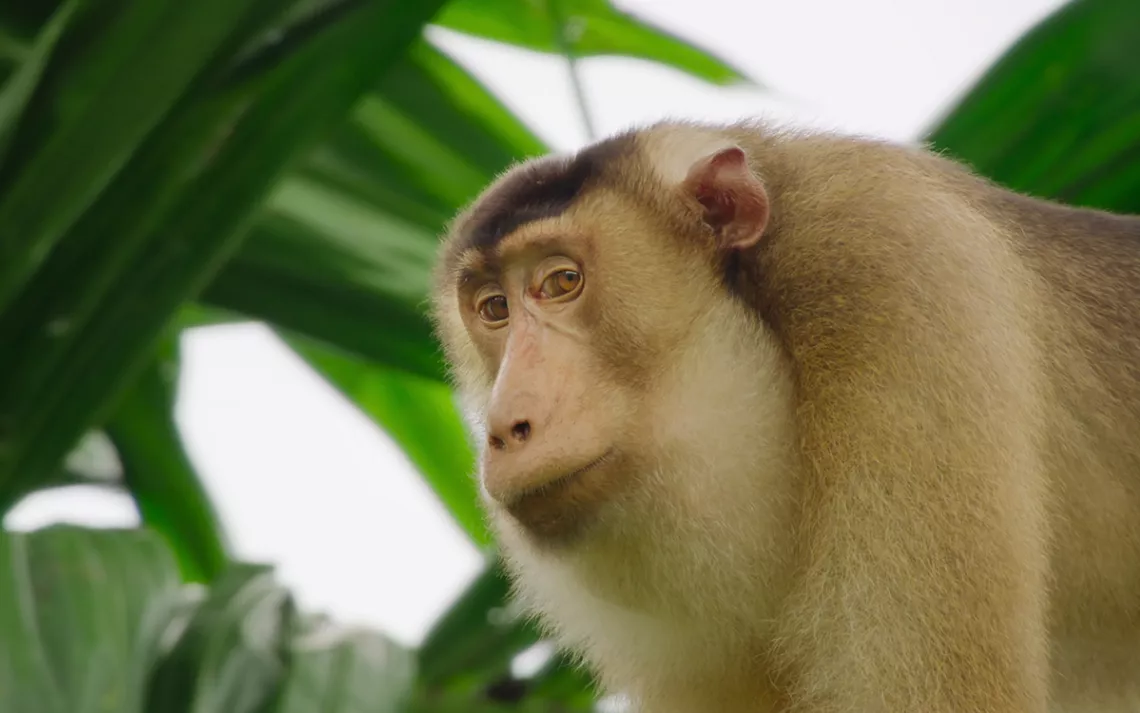
National parks are part of that good news, that hope. The globe now boasts more than 4,000 national parks, half of which were established within the past 50 years. Each of them is a tribute to the mounting commitment to conserve wild environments. Obama’s trademark pause-laden cadence does much to let the lovely nature photography breathe, so viewers are relaxed and ready to digest what he has to say about the synergistic ways in which human populations can coexist and mutually benefit from protected natural spaces. The places celebrated in the show are each a demonstration of the efficacy of landscape-level conservation. They are proof—if any more were needed—of the importance of the Biden administration’s newly unveiled America the Beautiful Challenge, a public-private initiative to support efforts to conserve 30 percent of lands and waters across the US by 2030.
Our Great National Parks, however, doesn’t explicitly draw such parallels. And aside from ending with an obligatory (and milquetoast) incitement to vote, the series is light on calls to action or resources for audiences. Still, the former president finds dozens of ways to drive home his thesis: “It all goes to show,” he states, “the natural world can continue to surprise us, as long as we give it space to thrive.”
 The Magazine of The Sierra Club
The Magazine of The Sierra Club







